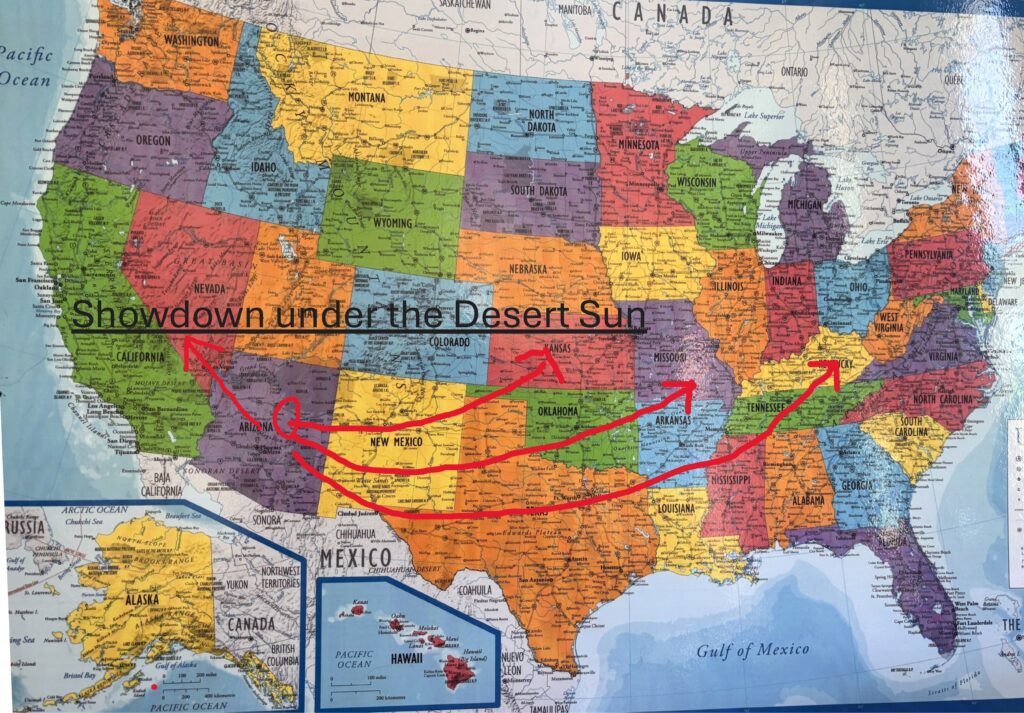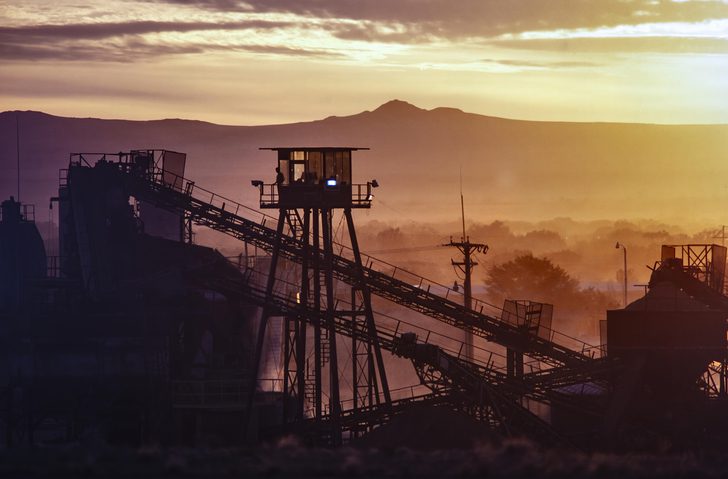Showdown under the Desert Sun


1910 — Magma Mine begins production (shallow copper veins)
↓
1970s–80s — Geologists suspect deeper porphyry deposit
↓
1995 — Magma Copper confirms Resolution deposit (~7,000 ft deep)
↓
1996 — BHP acquires Magma, shutters old mine
↓
2001 — Rio Tinto enters via Kennecott Exploration
↓
2004 — Rio + BHP form Resolution Copper JV
↓
Today — Deposit remains undeveloped, caught in permitting gridlock
A Century Beneath Superior: The Magma Mine Story
For over 100 years, copper mining shaped the town of Superior, Arizona. What began in 1910 as the Magma Mine tapped shallow ore bodies beneath the desert terrain—fueling local industry and feeding national demand. For decades, the mine operated at surface and mid-level depths, but geologists suspected something more: A massive copper deposit buried thousands of feet below—far deeper than the original mine could reach.
Magma Mine Passed on to Rio for a Second Shot
After confirming the deeper copper deposit in 1995, Magma Copper had neither the capital nor the infrastructure to pursue it. BHP stepped in the following year, acquiring Magma and shutting down the original mine. The deeper ore body—buried nearly 7,000 feet below—remained untouched.
In 2001, Rio Tinto entered the picture through Kennecott Exploration, bringing deep-drilling expertise and long-term capital. By 2004, Rio and BHP formalized their joint venture: Resolution Copper. This wasn’t a restart—it was a second shot at a deposit the first mine couldn’t reach. The scale was different. The depth was unprecedented. And the permitting path ahead would prove anything but straightforward.
Funding, Permitting, and the Long Wait
Since forming the joint venture in 2004, Rio Tinto and BHP have poured over $2 billion into Resolution Copper—just to keep the site active. No ore has been extracted. The deposit sits nearly 7,000 feet underground, requiring one of the deepest block cave operations ever attempted in North America. The engineering is proven. The funding is real. What’s stalled is the permitting.
At the center of the delay is a proposed land exchange involving Oak Flat, a site of cultural significance to the San Carlos Apache Tribe. The 2014 National Defense Authorization Act authorized the swap, but implementation has been held up by lawsuits, environmental reviews, and shifting political pressure. The Forest Service’s environmental impact statement was withdrawn in 2021, leaving the project in limbo.
Meanwhile, the deposit remains untouched—strategic copper sitting idle while the U.S. scrambles to secure domestic supply chains. Resolution isn’t just a mine. It’s a test case for how the country handles resource development, tribal sovereignty, and industrial policy in the same breath.
Hours from Handover, the Land Swap Is Blocked Again
After two decades of legal battles, environmental reviews, and tribal opposition, the Resolution Copper land exchange was finally set to close on August 19, 2025. The Forest Service had issued a new environmental impact statement. The 60-day review window was about to expire. Resolution Copper was preparing to take control of 2,200 acres at Oak Flat—a site considered sacred by the San Carlos Apache Tribe.
Then, with just hours to go, the 9th U.S. Circuit Court of Appeals issued a temporary injunction, halting the swap before it could be completed. The ruling came late on August 18, granting a last-minute reprieve to tribal and environmental groups who had appealed a lower court’s decision. The court cited the need to fully consider the cultural, environmental, and legal stakes before allowing irreversible action.
Resolution Copper called it a “temporary pause,” confident the court would uphold the land exchange. But for now, the mine remains stalled—its $2 billion investment still parked above ground, its ore body still untouched, and its future still uncertain.
